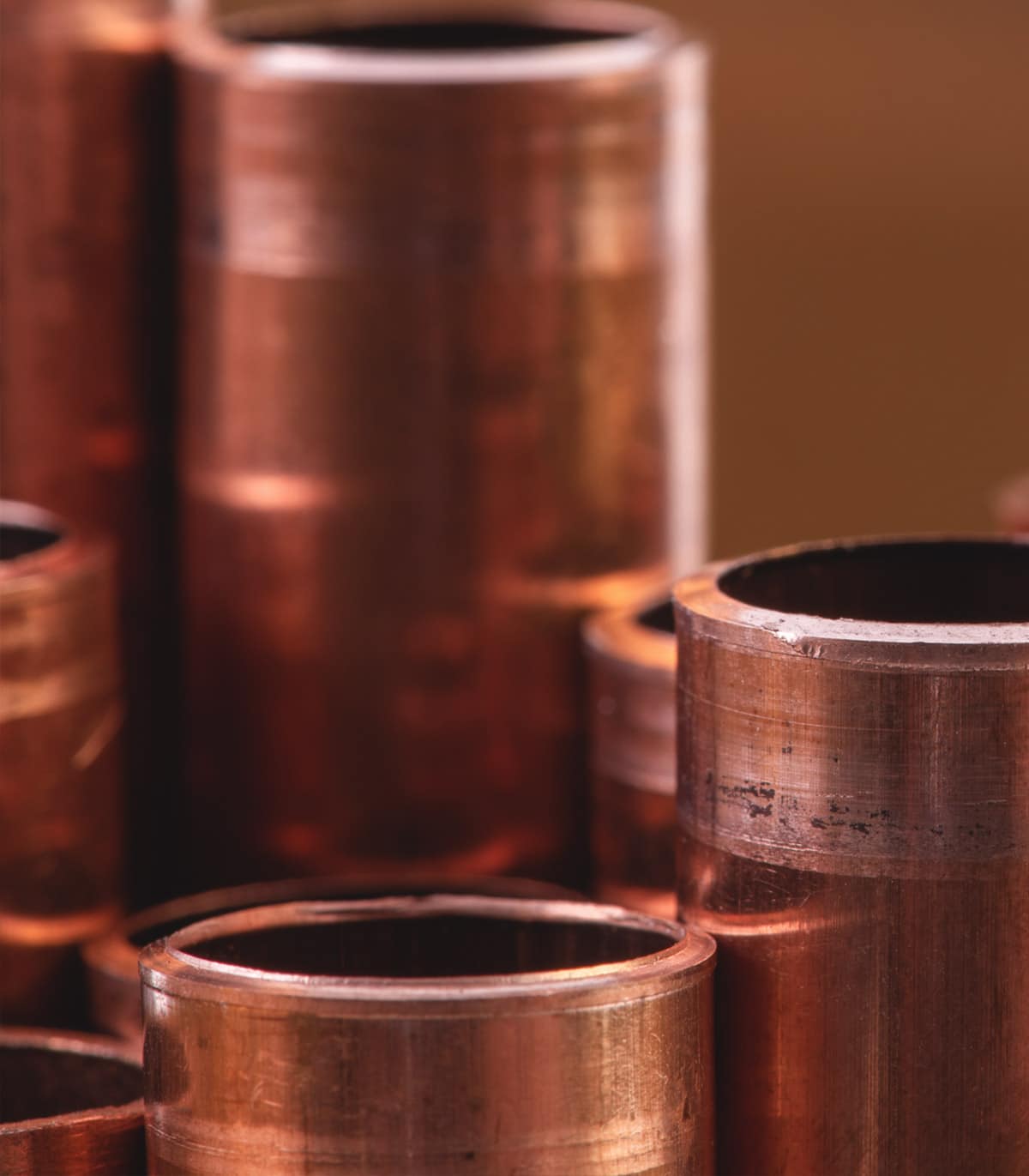Exploring the Adaptability and Durability of Ingenious Copper Products in Modern Layout
Exploring the Adaptability and Durability of Ingenious Copper Products in Modern Layout
Blog Article
Discovering the Diverse Applications of Copper Products in Modern Industries
From improving the performance of electrical systems to playing a vital role in renewable energy innovations, the convenience of copper is evident. As sectors increasingly prioritize advancement and sustainability, the varied applications of copper require a closer examination, particularly regarding their prospective impact on future technical innovations and ecological techniques.
Electric Applications of Copper
Copper is a vital material in the electric sector, accounting for approximately 60% of the total demand for non-ferrous steels worldwide - Copper Products. Its premium electric conductivity, which is almost twice that of aluminum, makes it the recommended option for a large range of electrical applications. From wiring systems in domestic and industrial buildings to high-voltage power transmission lines, copper ensures effectiveness and dependability in electrical power delivery
In addition to circuitry, copper is important to the manufacturing of electric elements such as transformers, generators, and motors. These components utilize copper's thermal conductivity and pliability, important for warm dissipation and reliable performance. Copper's resistance to corrosion enhances the life expectancy and resilience of electrical systems, making it an economical solution in the lengthy term.
The development of renewable resource resources, such as solar and wind power, has actually better raised the demand for copper in electric applications. As markets transition in the direction of sustainable power options, copper's duty becomes much more critical. Generally, the versatility and efficiency qualities of copper strengthen its condition as a cornerstone product within the electric market, driving development and performance throughout different applications.
Plumbing and Piping Solutions
In contemporary pipes systems, the choice of products dramatically influences both functionality and long life. Copper has actually emerged as a preferred alternative due to its special properties, consisting of rust resistance and antimicrobial attributes. These attributes make sure that copper piping stays durable and safe for moving drinkable water, a vital consideration in household and commercial applications.
Among the essential benefits of copper in plumbing is its capability to hold up against heats and pressures, making it appropriate for a range of applications, from warm water systems to home heating and cooling networks. In addition, copper's adaptability permits less complicated setup in intricate piping layouts, reducing the risk of failures and leakages.
One more noteworthy benefit is copper's lengthy lifespan, typically exceeding 50 years with correct maintenance. This durability not just reduces replacement expenses but also adds to sustainable techniques by decreasing waste. In addition, copper's recyclability aligns with contemporary environmental standards, promoting a circular economic situation within the plumbing industry.
Copper in Renewable Resource
The adaptability of copper extends past pipes applications, playing a crucial role in the sustainable power field. In solar panels, copper is used in photovoltaic cells and circuitry, promoting effective energy conversion and transmission.

Moreover, as the worldwide demand for electric cars (EVs) increases, copper's function in battery systems and billing facilities ends up being also a lot more substantial. The material's capability to carry out electricity efficiently is integral to the performance of EV batteries, boosting array and billing rate.
Copper's Function in Electronics
Electronic devices manufacturing relies greatly on copper's exceptional residential properties, specifically its high electrical conductivity and thermal efficiency. These characteristics make copper a perfect home choice for a wide variety of electronic components, consisting of ports, circuit card, and circuitry. The metal's capacity to effectively transmit electric signals makes sure marginal power loss, which is critical in high-performance digital devices.
In addition, copper's thermal conductivity plays a significant role in warmth dissipation, securing sensitive parts from overheating. This is particularly essential in modern electronic devices, where small layouts cause boosted warm generation. Copper is also preferred for its malleability and ductility, enabling it to be conveniently formed into detailed designs that satisfy the demands of innovative digital applications.
With the increase of customer electronic devices, telecoms, and electric automobiles, the demand for copper in the electronics market proceeds to expand. Hence, copper continues to be a foundation product in the ever-expanding area of electronic devices.
Cutting-edge Makes Use Of in Manufacturing

One noteworthy application remains in additive production, where copper-based materials are utilized in 3D printing procedures. This permits the creation of lightweight elements and complex geometries, particularly in the aerospace and automobile markets. In addition, copper's thermal conductivity makes it a perfect selection for warm exchangers, improving efficiency in industrial i was reading this air conditioning systems.
In addition, the rise of wise manufacturing has seen the consolidation of copper in IoT gadgets, where its conductive abilities sustain sophisticated picking up modern technologies. In the world of renewable energy, copper is pivotal in the production of photovoltaic panels and wind turbines, helping with much more effective energy conversion and circulation.
As industries make every effort for sustainability and technology, copper's versatility and efficiency remain to place it as an important material, driving advancements in production and adding to the advancement of smarter, a lot more effective items.
Verdict
The integral function of copper in renewable power and its crucial function in electronic devices underscore its relevance in advancing sustainable practices. Jointly, these applications illustrate copper's important contribution to technological progression and industrial effectiveness in modern society.
From enhancing the effectiveness of electrical systems to playing an essential function in eco-friendly energy innovations, the flexibility of copper is obvious. As sectors increasingly prioritize innovation and sustainability, the varied applications of copper warrant a closer assessment, specifically regarding their prospective influence on future technical innovations and environmental practices.
The development of eco-friendly power sources, such as solar and wind power, has even more boosted the need for copper in electric applications. Generally, the flexibility and performance attributes of copper strengthen its status as a cornerstone material within the electrical industry, driving development and effectiveness across various applications.
The versatility of copper extends past pipes go to the website applications, playing an essential duty in the eco-friendly power market.
Report this page